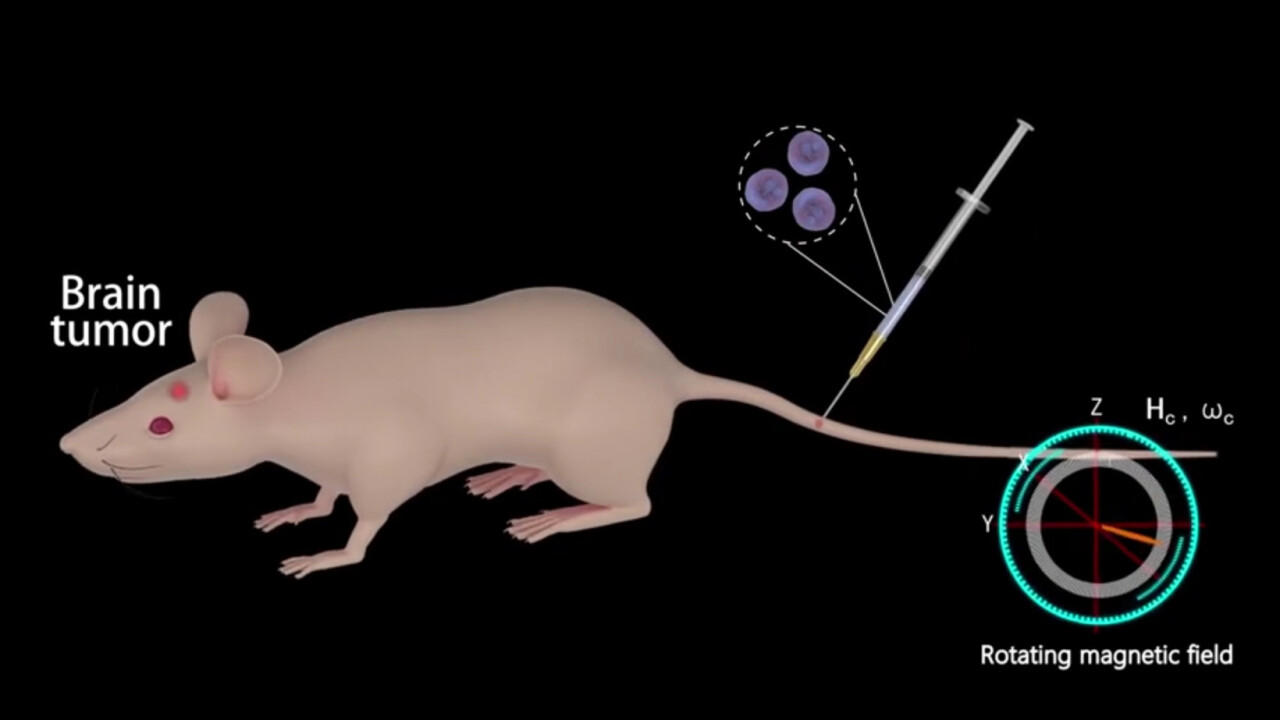
A team of researchers in China recently figured out how to turn the E coli bacteria into a hybrid robot that smuggles drugs past the blood-brain barrier by pretending to be a white blood cell.
These little robots in disguise represent a breakthrough in our ability to treat diseases such as cancer.
Background: There’s a party going on in our brains 24/7, but the guest list is very exclusive. The blood-brain barrier, a protective border that keeps out the riff-raff, takes its job very seriously.
In fact, it’s difficult for doctors to treat diseases such as some types of cancer because of the challenge involved in getting drugs past this barrier. When drugs are injecting into the blood stream they’re stopped at the brain, and jabbing needles directly into our skulls is an often undesirable delivery method.
But the China team’s new method skips past all that using the old-fashioned Trojan horse delivery method.
Per the researchers’ paper:
Here, we report a neutrophil-based microrobot (“neutrobot”) that can actively deliver cargo to malignant glioma in vivo.
The neutrobots are constructed through the phagocytosis of Escherichia coli membrane-enveloped, drug-loaded magnetic nanogels by natural neutrophils, where the E. coli membrane camouflaging enhances the efficiency of phagocytosis and also prevents drug leakage inside the neutrophils.
With controllable intravascular movement upon exposure to a rotating magnetic field, the neutrobots could autonomously aggregate in the brain and subsequently cross the blood-brain barrier through the positive chemotactic motion of neutrobots along the gradient of inflammatory factors.
How it works: Basically the researchers hollowed out E coli bacteria (probably not the strain associated with tummy trouble) and disguised it as white blood cells. They then used a magnetic field to guide the hybrid robots to the blood-brain barrier where their fake IDs apparently held up.
So far, this has only been tested on mice. But mice brains aren’t that far off from ours (that’s why we test stuff like this on them) so there’s plenty of room for optimism when it comes to any eventual human trials.
Quick take: This is amazing. I became a journalist so I could write sentences like “scientists are treating cancer by creating drug-smuggling robots out of E coli bacteria.” It’s an incredible use of robotics and a fantastic solution to an age-old problem.
The idea of letting robots perform Trojan horse attacks on our brain might sound scary up front, but when the alternative involves getting a hole drilled in your head the choice makes a little more sense.
Check out the whole paper here in the Science Robotics journal.
Get the TNW newsletter
Get the most important tech news in your inbox each week.




